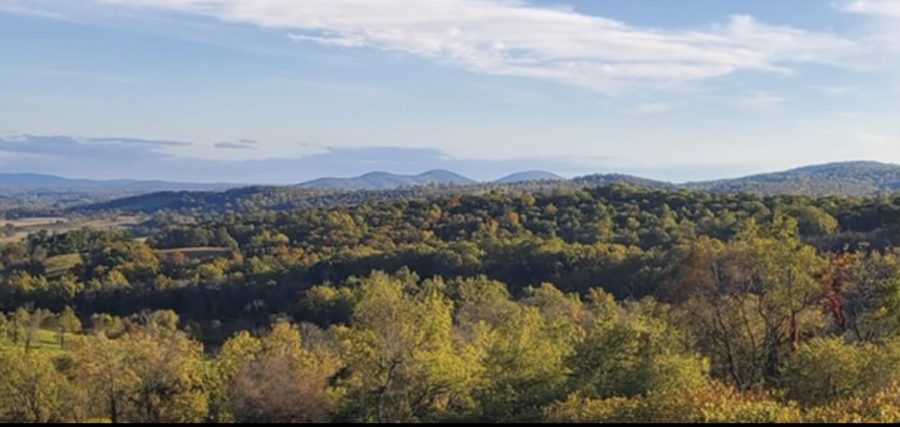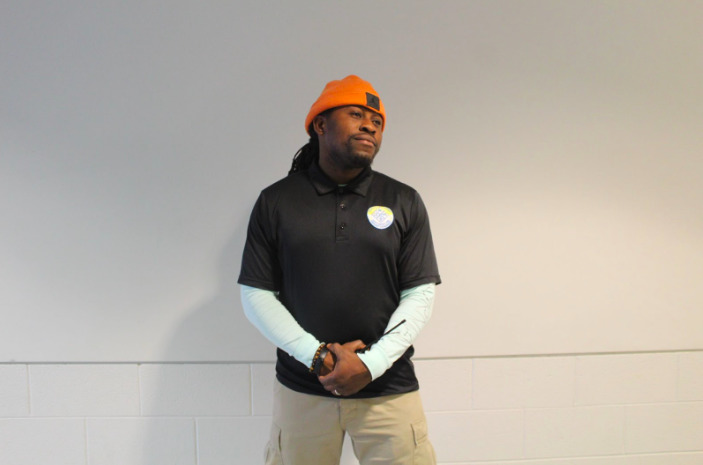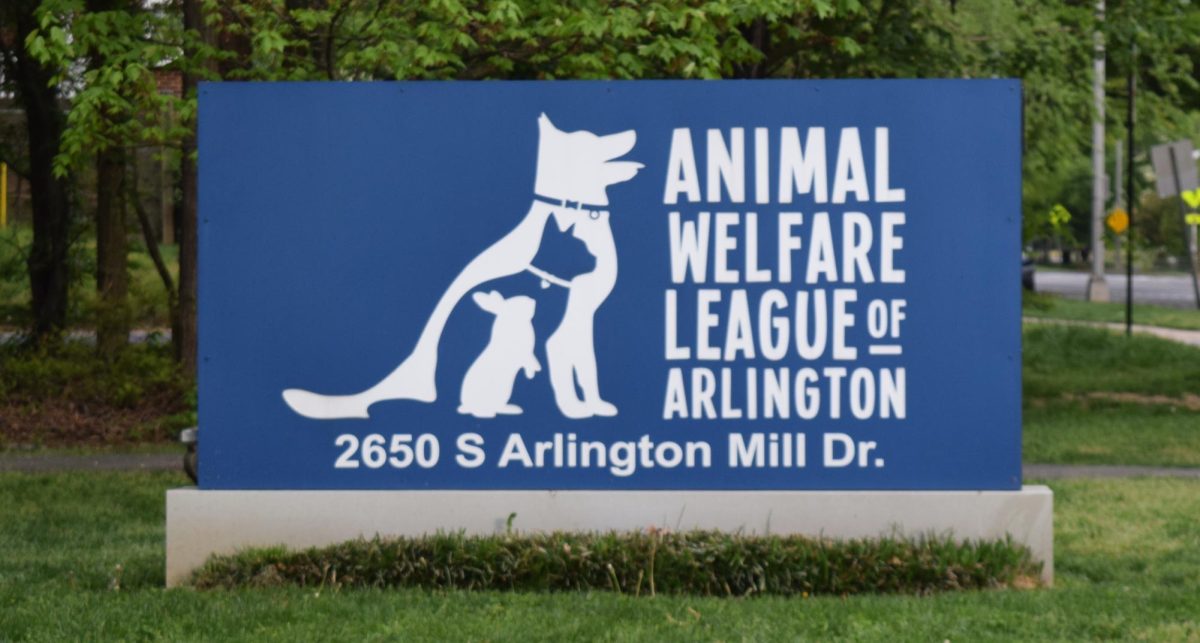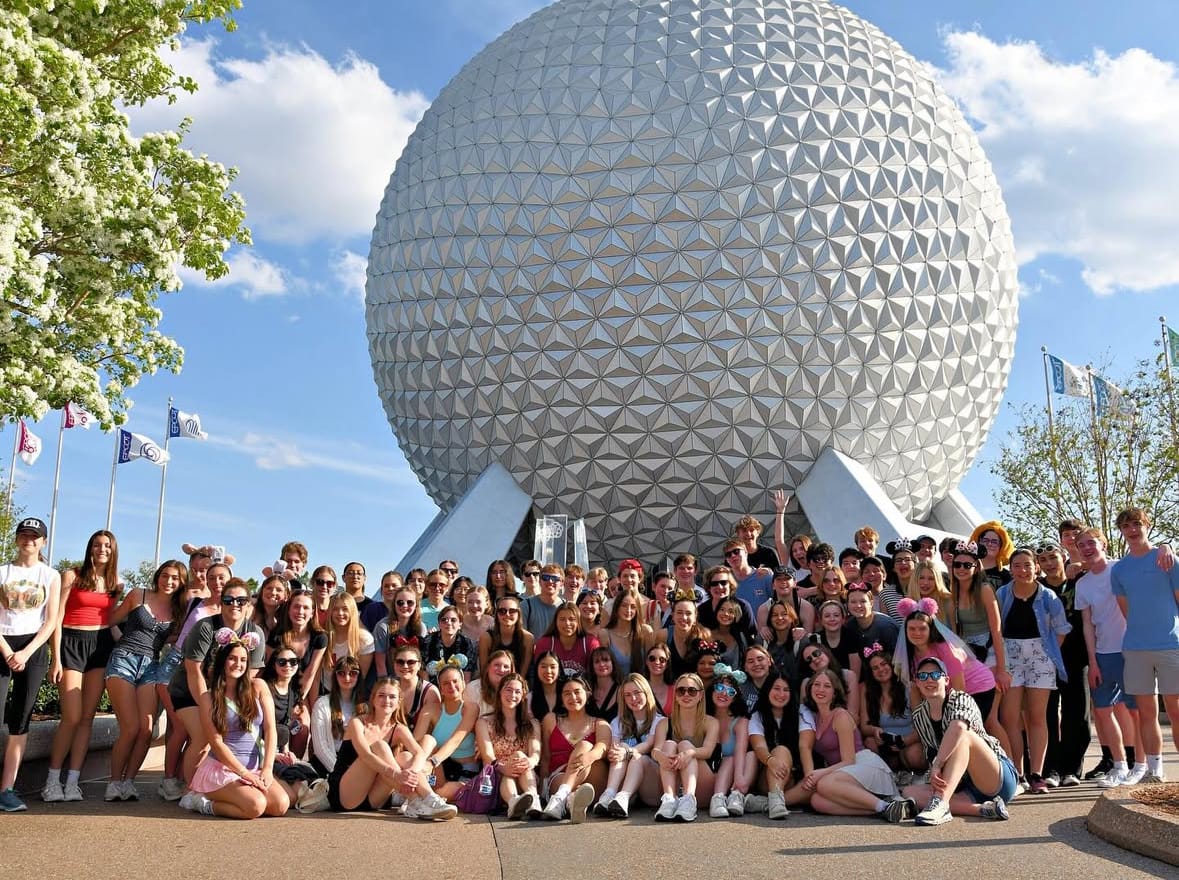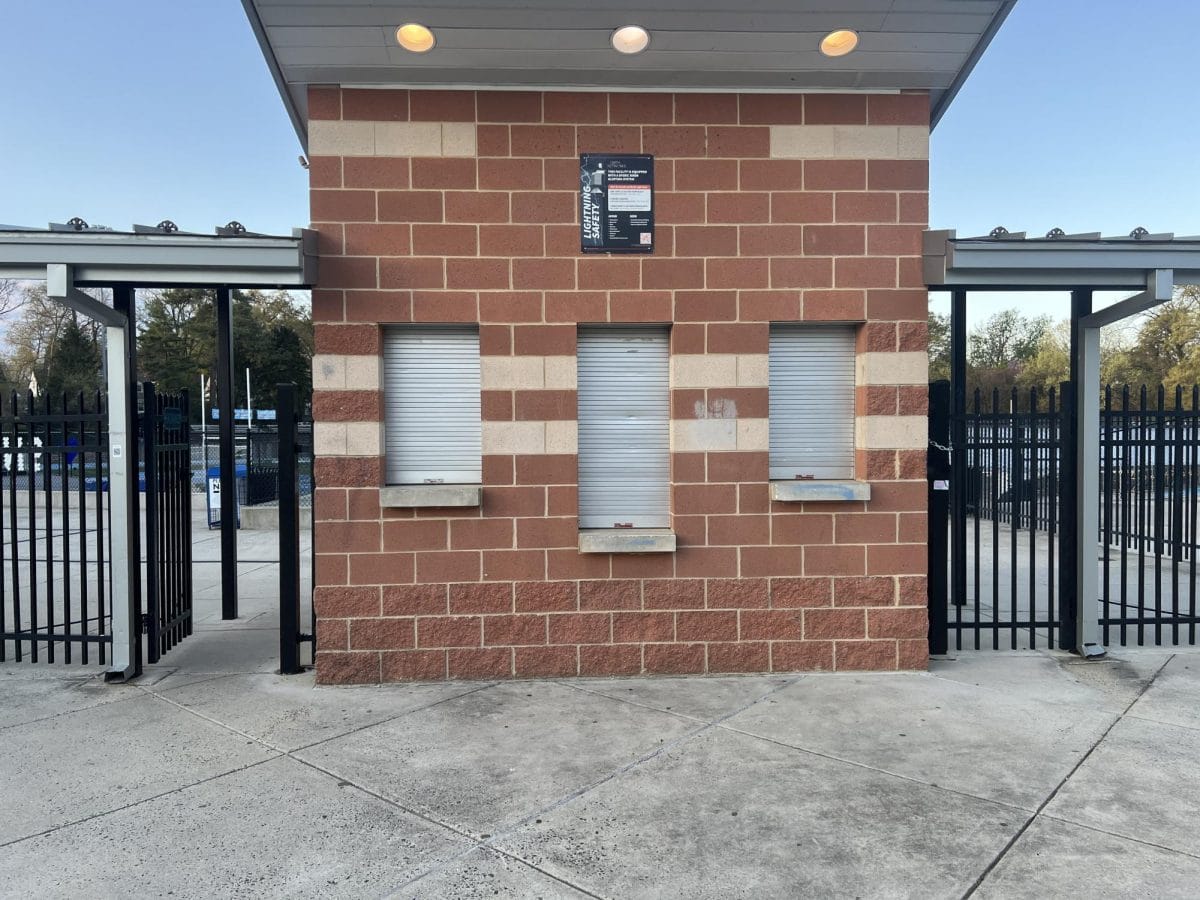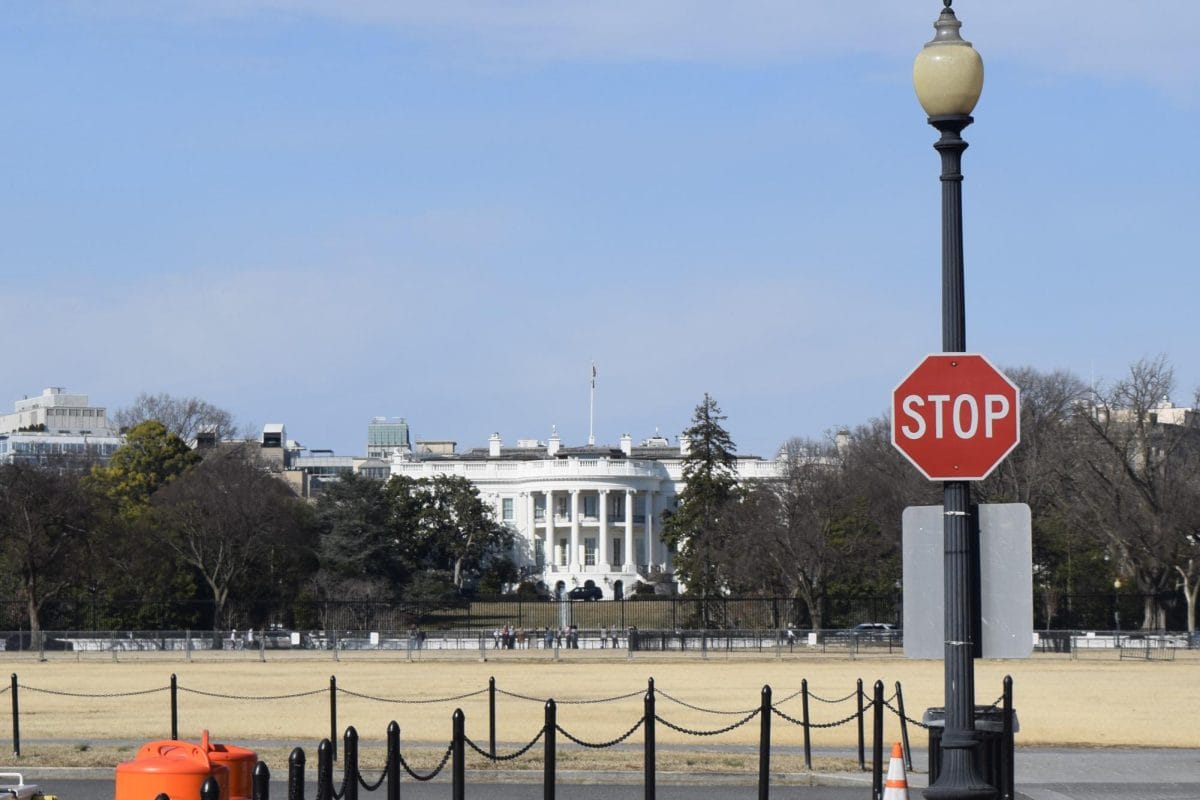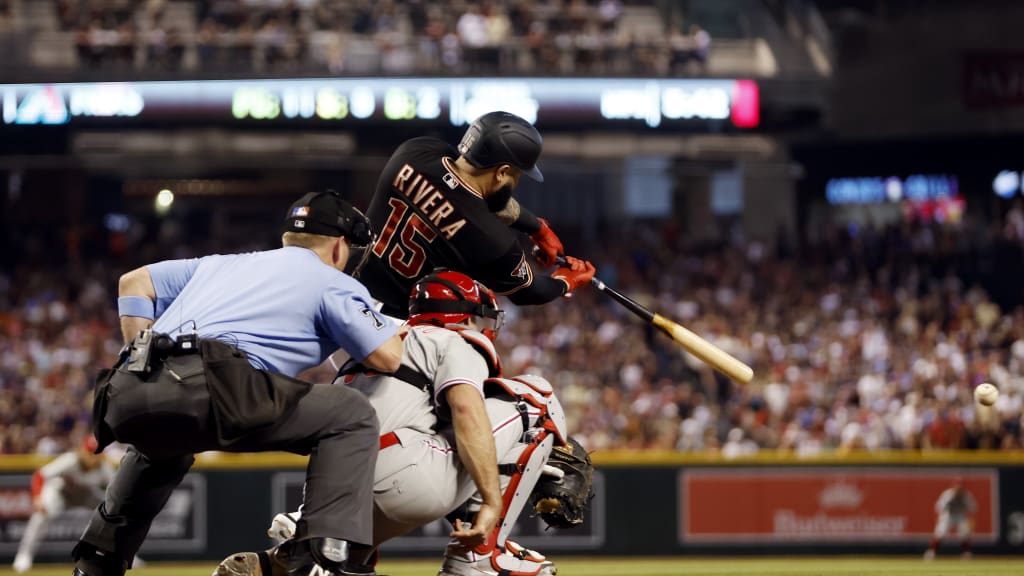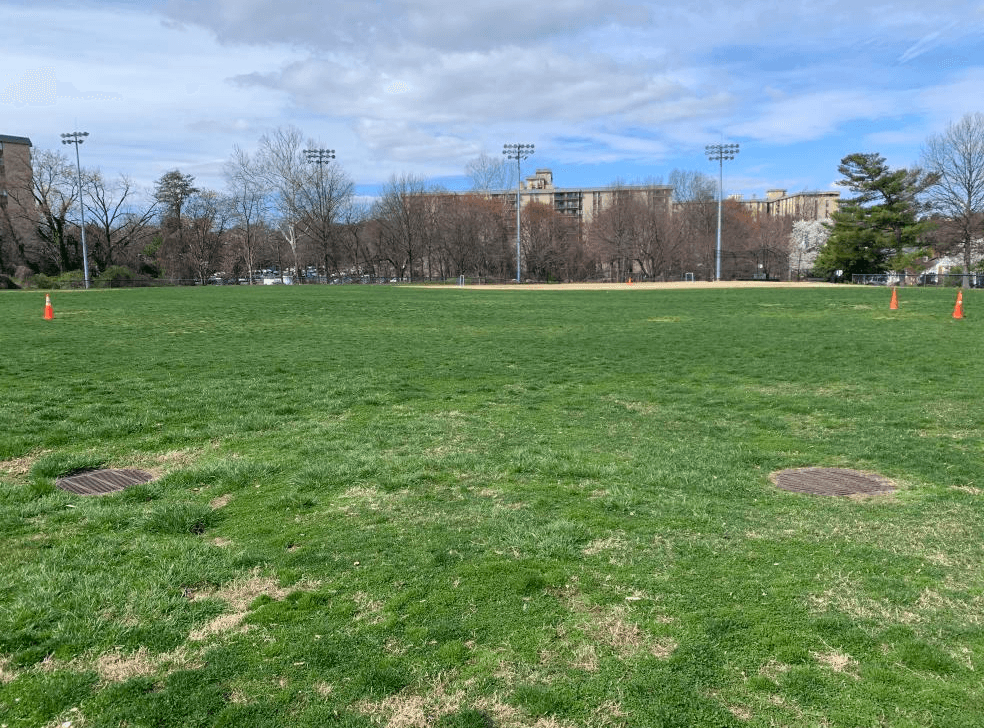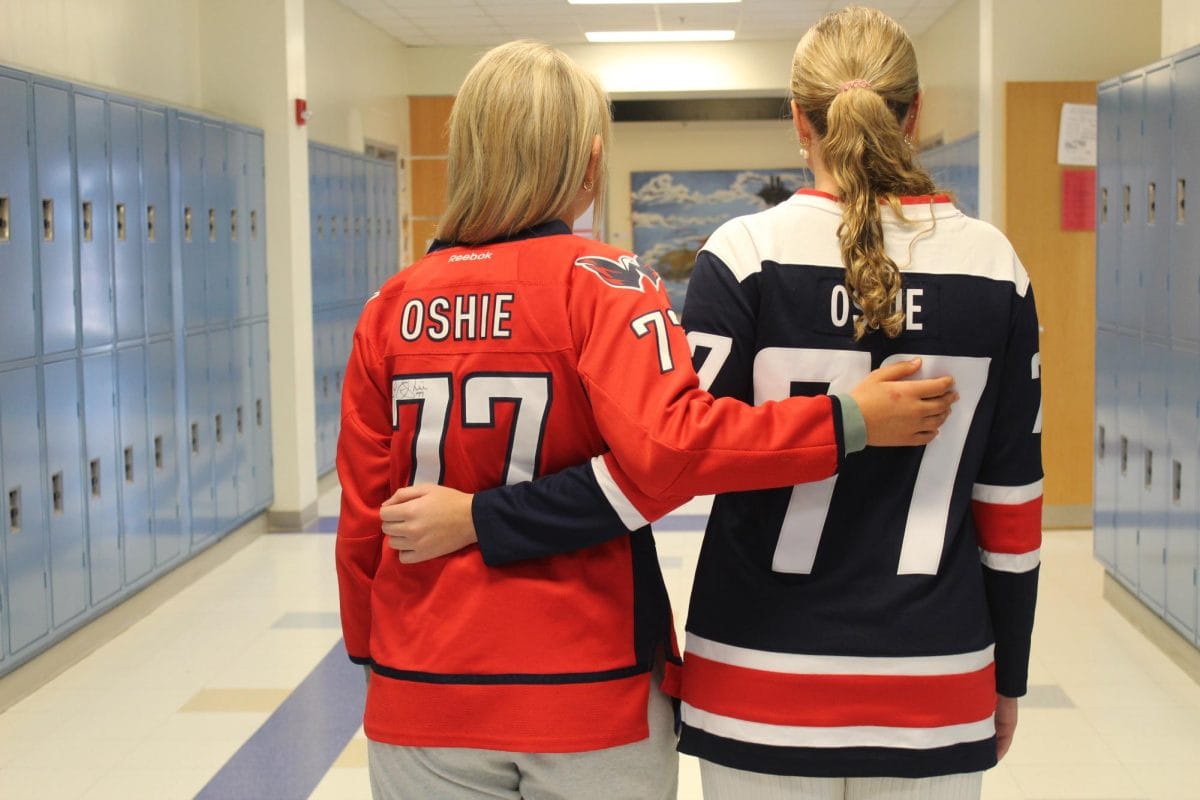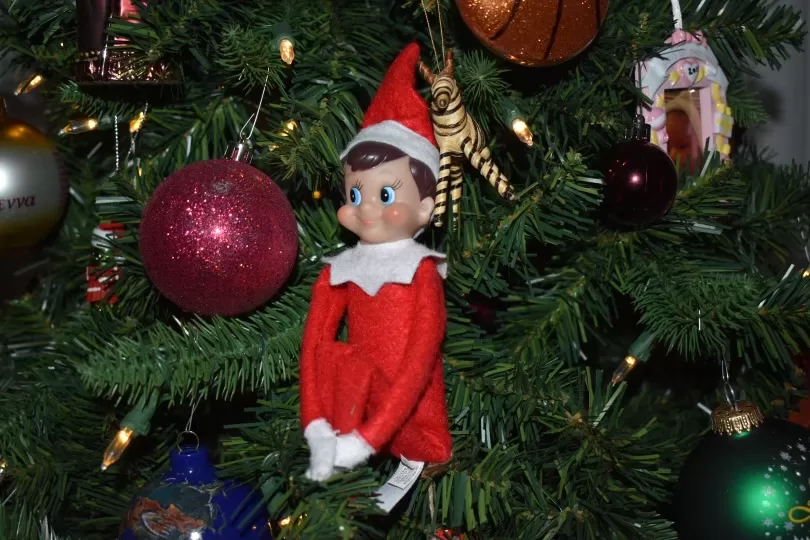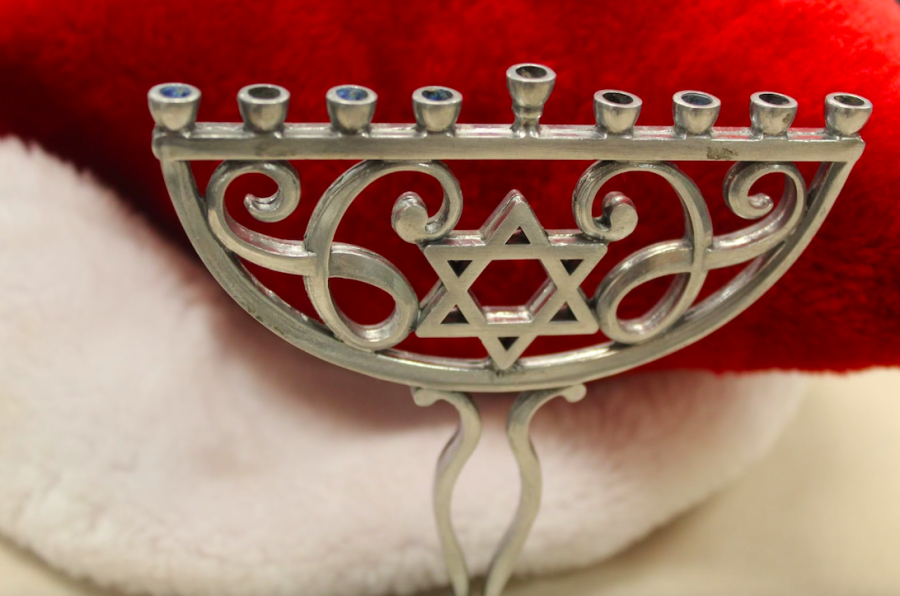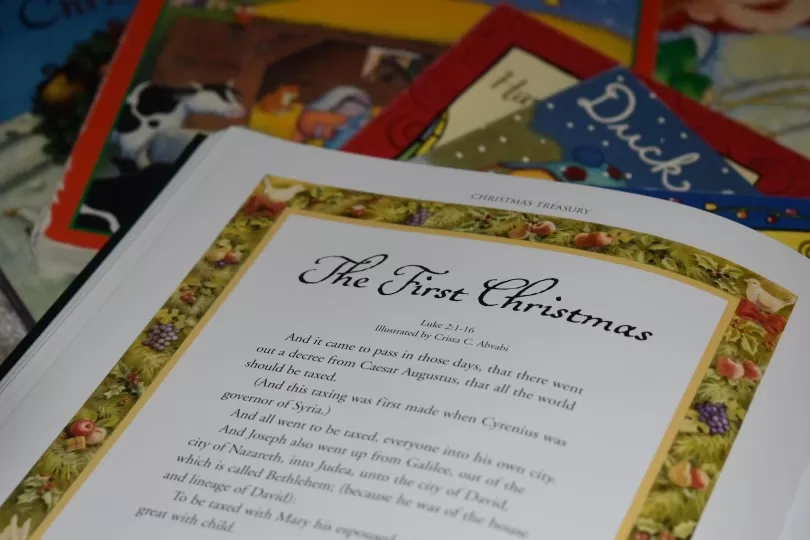The elusive yet perfect Christmas tree is something many have dreamed of but few have found. Every year, people go to farms, Home Depot, garden stores and pop-up shops to buy Christmas trees. If this search is not timed right, you could be left with the bottom of the barrel—the shrunken, sad-looking trees that everyone ignored. The perfect Christmas tree is a topic of much contention, which is why I am here to end the debate once and for all. For all of the guidelines below, exceptions and adaptations can be made for different living conditions.
The ideal Christmas tree must be at least six feet six inches tall to maximize space for ornaments, lights and other decorations. If you have a miniscule tree, then your enthusiasm will seem lackluster. A taller tree means a magnificent Christmas. There are some massive trees like the Rockefeller Center Christmas tree, which is an astonishing 82 feet, that are famous for their grandeur and size. Although taller trees may be more expensive, they are worth it and will make Christmas all the merrier.
The best width for a Christmas tree is five feet and three inches at max; a wide tree will lose its triangular shape and drop more needles. Needles are annoying and the tree will constantly be dropping them; a vacuum or a broom and pan are a must have for any living tree. You might also have to trim the tree a bit more on the bottom. A wider tree is harder to transport to your house due to its size.
Over the past decade, artificial trees have become very popular with the least excited people of Christmas. A tree means a living plant, not a fake tree with a plastic trunk and phony leaves. Any artificial tree is an immediate let-down during Christmas—it brings no holiday spirit and feels like you put no effort into a very merry holiday.
Regarding the topic of ornaments, there aren’t many places to go wrong. There should not be too many ornaments, or you run the risk of a tacky tree. Lights are a must-have for tree decorations. Christmas is all about light and happiness, and a lightless tree will not reflect those values. A topper is preferable because it is like a grand finale to the tree; most people have angels or stars on top of their trees which reflect the history of Christmas and its Christian roots.
The finest place to put your tree is in a corner, as this is a classic spot for the Christmas tree that has been used for many years. They should usually be in a room where family members can gather, but not the kitchen or dining room. The tree shouldn’t be the center of attention in the room because it’s in the corner, yet its perfection should still captivate everyone’s gaze.









